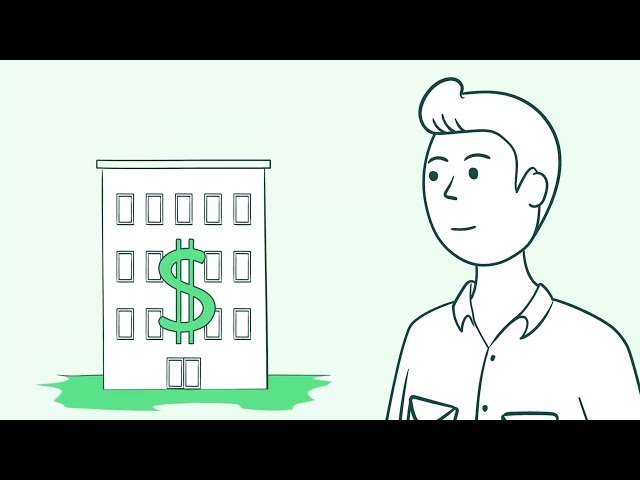
TERM LIFE
Term is just what it sounds like. Term life insurance covers you for a term of time - typically 10, 20, or 30 years. If you have a 20 year term policy and you die within those 20 years then your family gets the death-benefit. If you live longer than 20 years, your family typically won’t get anything. Generally, the advantage to term insurance is that it’s usually cheaper. The disadvantage is that 99% of term policies never pay out.
UNIVERSAL LIFE
Universal life policies are usually more robust and offer a broader range of benefits. We’ll be focused on Index Universal Life (IUL) policies and Variable Universal Life (VUL) policies in this article. These are the three primary components of a universal life policy.
- Death Benefit: Similar to a term policy, your beneficiaries will receive a lump-sum after you pass. The difference is that Universal Life policies don’t have a set expiration date so if you die in a year or 50*, your family will receive the death-benefit from your active policy.
- Cash-Value: Universal life policies include the opportunity to build cash value. Cash value is the portion of your policy that earns returns and may be available for you to withdraw or borrow against. This is where term and universal insurance really start to diverge. Term policies do not have a cash-value component because all of your premium pays for the cost of the insurance. Universal life policies have the ability to create cash-value because a portion of your payment covers the cost of insurance and the rest is invested. For Indexed Universal Life Policies (IULs) returns are pegged to an Index, like the S&P 500 with returns guaranteed to be above a set floor (usually 0%) and below a set cap (often 7-9%). Variable Universal Policies (VULs) provide a much wider range of options through different mutual funds. With VULs you are directly participating in the market. This means you can generate higher returns, but also won't have the downside protection IULs provide.
When these investments generate returns, the policyholder's cash-value goes up. This money can be used to:
- Pay Future Premiums: Meaning you could use the cash-value and subsequent returns to have the policy pay for itself so long as the returns are sufficient enough to do so.
- Increase The Amount Passed to Beneficiaries: Depending on the options you select for your plan, you can choose to pass along the cash-value in your policy to your beneficiaries.
- Pay For Retirement, College Tuition, Long-Term Care, etc…: Because of the tax-advantaged status of IULs and VULs, they are attractive vehicles for building wealth that you can tap into later in life.
- Tax-Advantaged Status: The cash-value of a Universal Life policy grows on a tax-deferred basis, similar to a 401k or Roth IRA. The difference is that Universal Life policies offer more options for distributing those earnings. The most unique and possibly most tax-advantaged method is to loan yourself the policy’s cash-value. Unlike a traditional loan this won’t impact your credit and there is no explanation required for how you plan to use the money, because you’re essentially borrowing from yourself.
If you die with an outstanding loan, the amount can be taken from the payout your beneficiaries receive.**
While you’re alive you may be able to access this money tax-free. This is what separates IULs and VULs from other wealth building tools. Most wealth building vehicles aim to help you generate returns from investments. Universal Life policies provide a unique distribution option for those returns. This is particularly helpful for people who plan to use these funds to pay for retirement because other financial vehicles that are typically used in retirement planning do not have this same tax-advantaged status.
THE BOTTOM LINE:
If you just want coverage for a specific period of time and you want the lowest monthly payment, term insurance is probably right for you. If you want your family to be protected for as long as you live and you want to build tax-efficient wealth that you can access later in life, a Universal Life policy is probably right for you.
*Well, technically, if you live to be older than 121 some policies may not pay out…. But if you do, I mean, congratulations, that’s awesome!
** Policy loans impact the cash value of the policy and increase the risk of lapse if the policy is not properly funded.